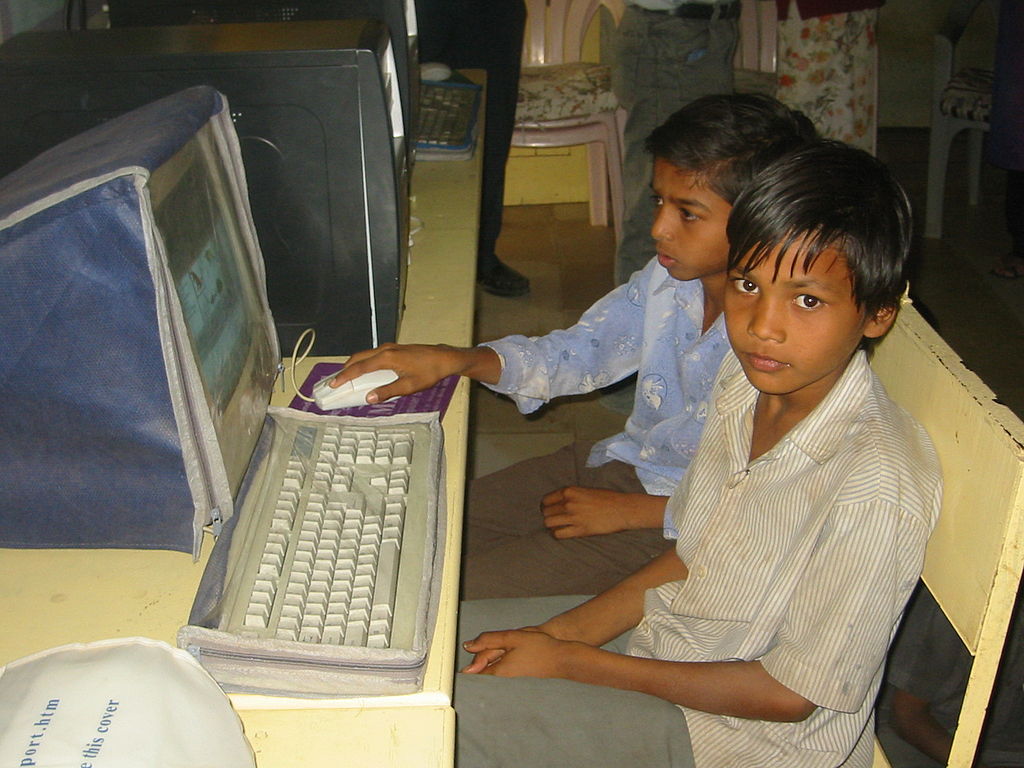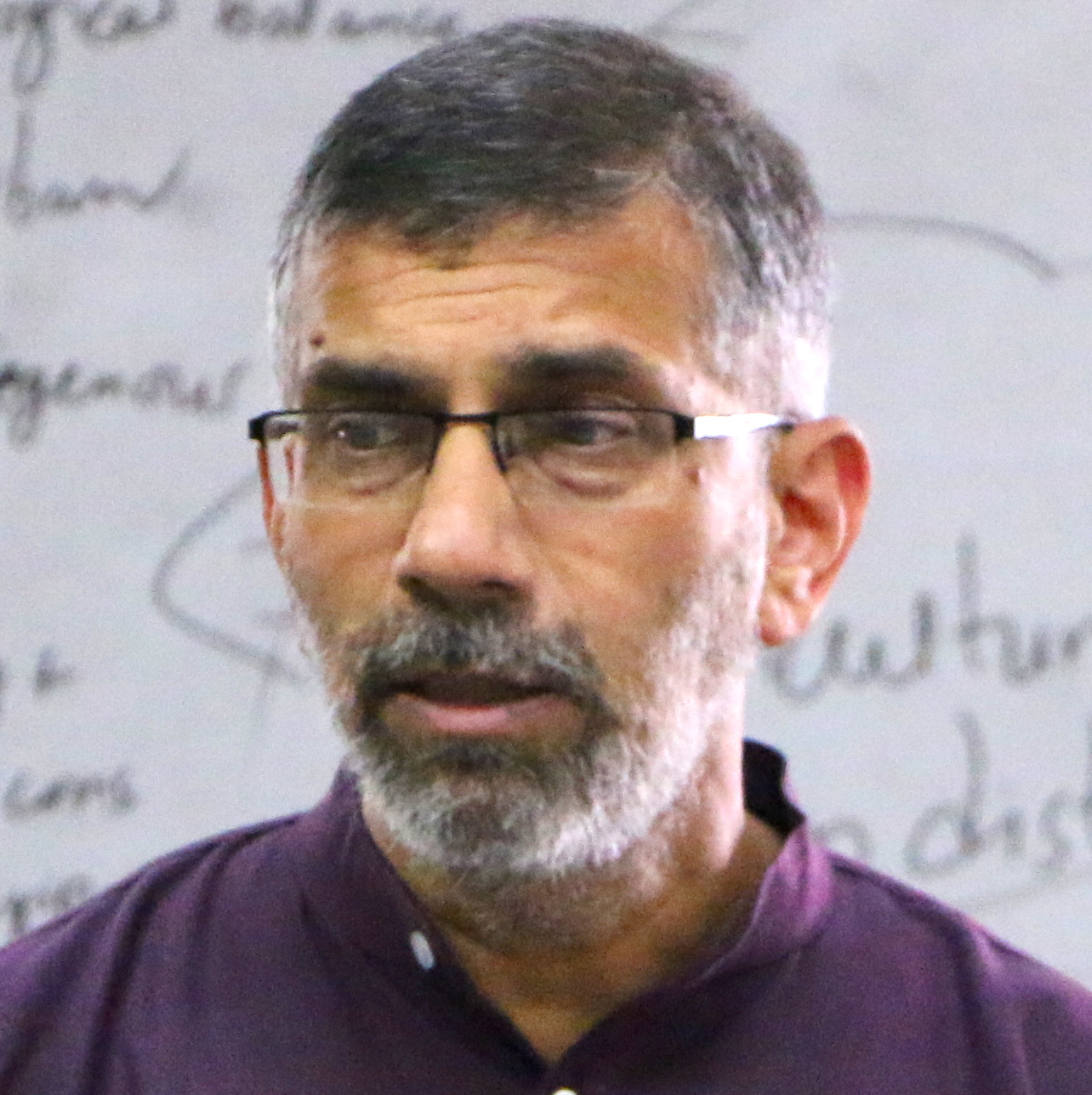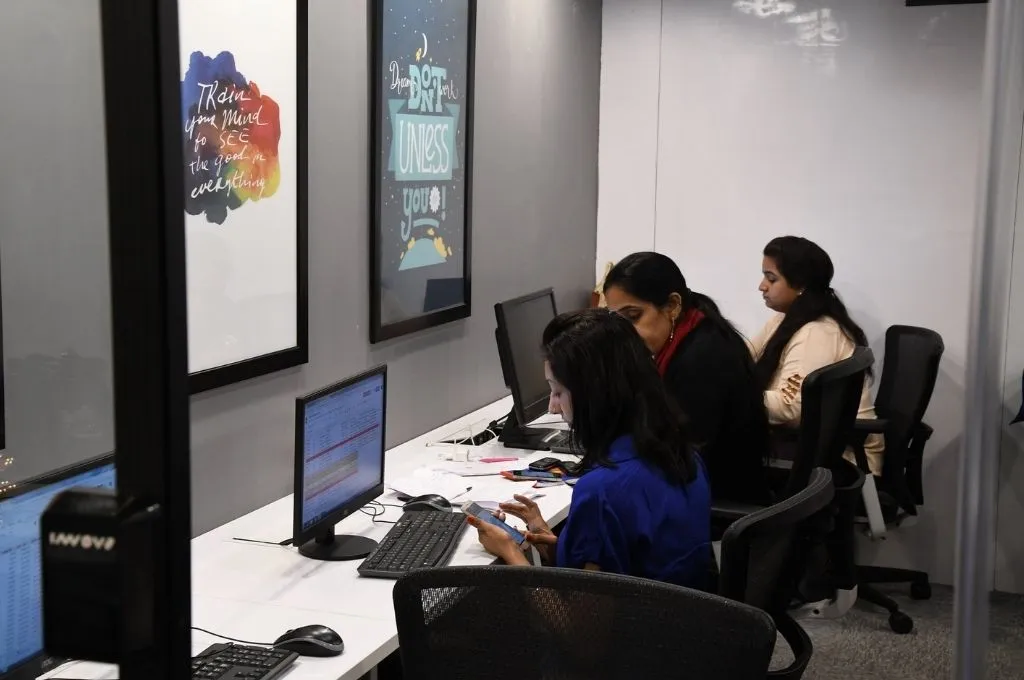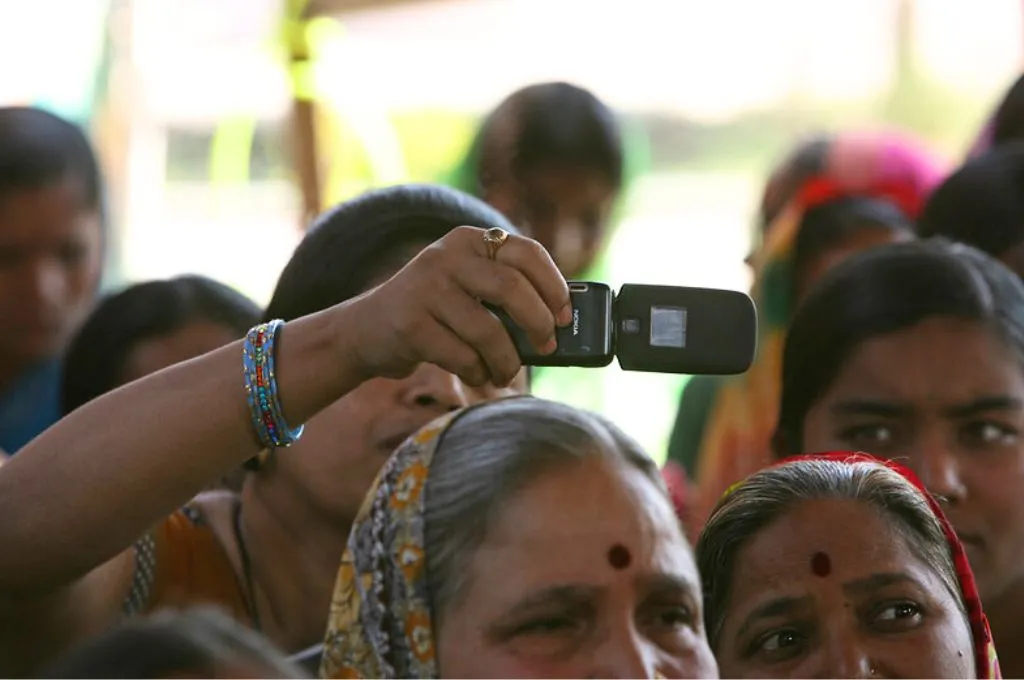Evangelism- Zealous advocacy or support of a particular cause.
There has been a hopeful but ungrounded optimism among many thinkers and practitioners in the last few years with them believing that technology can fix all the problems that we as a country are facing.
The proponents of this belief system, especially around digital technology, think that problems of agriculture, health, nutrition, gender injustice, education, governance can all be solved expeditiously if the country embraces the digital revolution; that digital will awaken the country from the slumber that it is in.
I have my own grave reservations and I believe that there is a limit to what technology can do1.
[quote]Technology cannot substitute human effort nor can it drastically change the aspirations or directions of that effort.[/quote] Initially I thought that I was naïve in stating this apprehension but soon I ended up in reading a publication of Toyama (2015)2. Toyama’s central thesis is what he calls “The Law of Amplification”. He states, “Technology can only amplify human effort.” So at the core is the need for a human effort. Technology cannot substitute human effort nor can it drastically change the aspirations or directions of that effort.
Computer literacy doesn’t equal improved learning
Unfortunately, in the zeal to promote digital interventions especially in the education and health sector of the country, we are forgetting the basic fact that technology cannot substitute the brick and mortar functions that are so necessary to operate on ground.

Photo Courtesy: © Yann Forget / Wikimedia Commons / CC-BY-SA-3.0.
Take this situation into consideration–A group of IIM-Udaipur students, as a part of the course Indian Social and Political Environment (ISPE) taught by a group of faculty (including this author), were required to stay in a village for five days to experience village realities. During their stay, the young enthusiastic students went to the local school, and in an attempt to solve for the problem of staff shortage, showed the 19 school children a video lecture of a mathematics session that had been downloaded in their local language. When the 15-minute video was completed, the school children had blank expressions on their faces. They had not understood anything.
Needless to say, a laptop could not substitute for a teacher in the room who was engaging with the children.
In another experience, I happened to visit an urban slum in Jogeshwari in Mumbai in 2016, where a reputed nonprofit was working on a project that would integrate technology and learning in schools. The nonprofit had managed to impart training to the students in use of basic computer operations and software like Word, Excel and PowerPoint and students and teachers alike were excited to learn a new skill. However, what we realised was that while the children were computer literate the intervention could not promote basic skills in thinking, critical analysis and processing multiple sets of information.
Hence while the nonprofit was proud to share the projects that students had done using the internet, in reality the projects were nothing short of a cut-and-paste effort. They had learnt to download the information from the Google search engine and nothing more. Any additional processing or thinking was missing even after the students had spent close to one year in the project.
Related article: Are you asking the right questions when it comes to technology?

Photo courtesy: Creative Commons Attribution 3.0
Basic infrastructure and supportive socio-economic norms are essential for digital to work
Digital interventions cannot replace basic infrastructural requirements.
[quote]Needless to say, laptop could not substitute for a teacher in the room who was engaging with the children.[/quote] If the rural school does not have sufficient number of classrooms and are perennially understaffed with one teacher teaching four classes, no amount of digital intervention will make any significant dent in the quality of learning. Similarly, if nursing staff in the primary health centre does not report for duty in a remote village, a biometric attendance system at best can point out his or her absence but cannot assure availability of health care. In similar vein, if farmers do not get timely supply of quality seeds, no amount of video based education on better farming practices is going to help them.
One also needs to be sensitive to the structural and socio-cultural practices that are deeply ingrained in the Indian society. While the cellphone revolution has brought the world closer to the women, it hasn’t necessarily changed their place in society.
In some areas of the country, male members routinely scrutinise the call logs of women in their families; in others women are also not allowed to use their cell phones after seven in the evening. How can digital technology overcome these deep rooted gender perceptions and stereotypes?
To conclude, one might have to repeat the often repeated clichés. While digital technology is necessary, it is NOT AT ALL a sufficient intervention and a panacea for the development deficit as it claimed by the evangelist. If the digital evangelists could accept this basic hypotheses, they would be doing a great service to the developmental sector!
*All views expressed here are personal.
—
- I must confess that I have been part of a generation that waited for close to five years to obtain a telephone connection (land line as they call now) from the Government operated telecom department in the 1970’s and also someone who purchased a Moto G cell phone on e-commerce website just this year. Suffice to say, I have experienced both the ends of the spectrum, from a notion of scarcity to an absolute abundance or rather excessive options for technology.
- In our country, thanks to the colonial legacy, anything that is not articulated in the Oxfords the MITs and the Harvards of the world is not taken seriously so I have no option but to quote this publication extensively!



